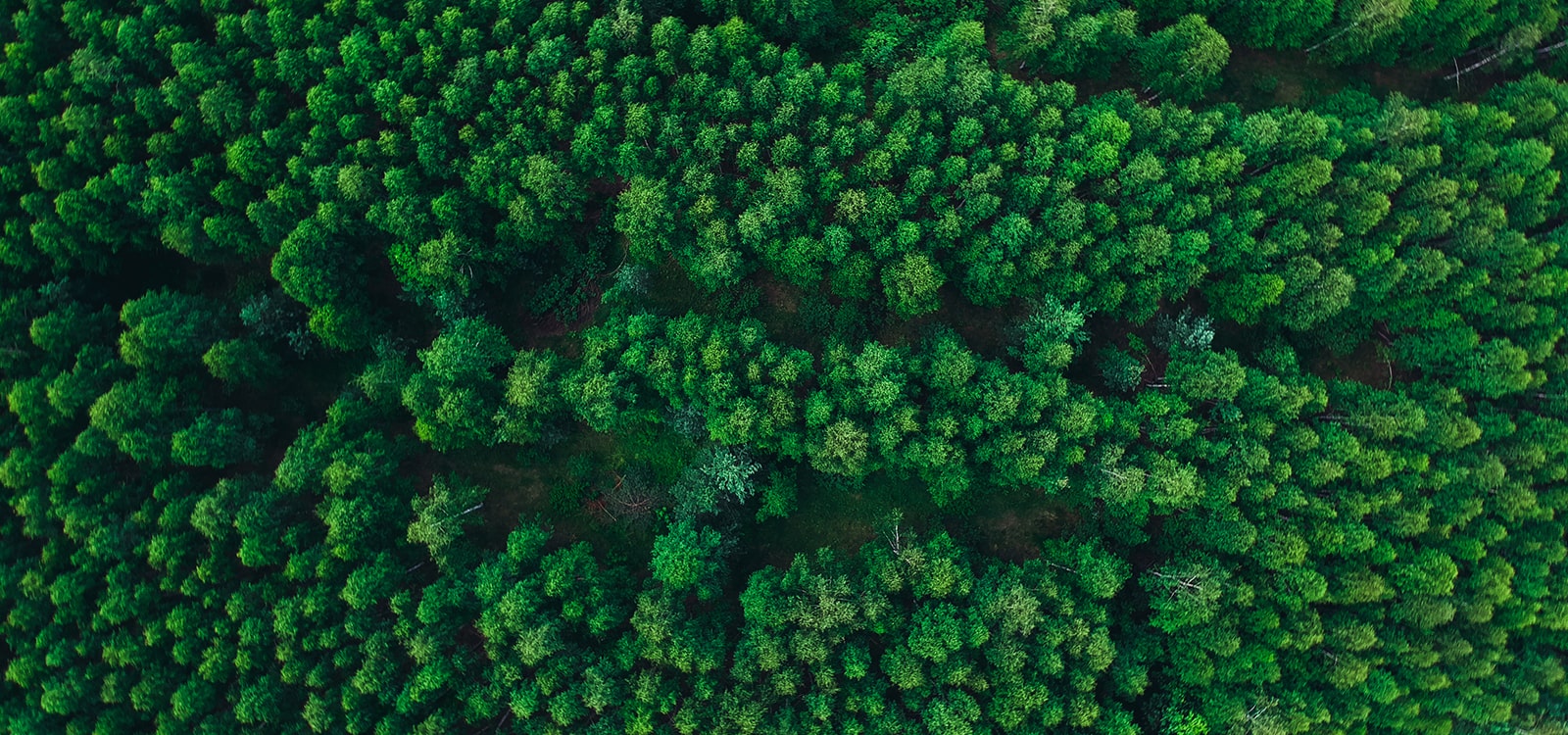Soil and cardboard go together like wine and cheese; both different in their own right, but one really complements the other. Whether its cardboard mulch, cardboard in its traditional form, or a mix of the two, there are many benefits to making cardboard an essential part of your composting mix.
Healthy soil = healthy environment
Encouraging healthy soil – that is, soil that is nutrient rich, well-structured and has a good organic matter content – is essential to promoting a good overall environment. Healthy soil aids plant growth, which in turn absorb CO2 and release oxygen which we obviously all need to breathe. We also need good plant growth in terms of crops and yield, to ensure both humans and animals can eat well, and plants also help to clean the water around us. Healthy soil is made up of a number of different elements; these include:
- Anaerobic condition – this is basically how many air gaps there are. If the soil is dense, with minimal air gaps, it will easily become waterlogged. This leads to poor root growth.
- Nutrient rich – A high percentage of nutrients such as nitrogen, potassium and phosphorus are essential for good plant growth, as well as calcium, sulphur and magnesium. They help to create new cells, which then aid plant tissue and growth.
- Living organisms – It is important for soil to have a high amount of living organisms such as bacteria, fungi, algae, and worms, as these help the decomposition process of dead animals and plants that then enrich the soil with their nutrients.
Cardboard’s role in soil health
With all of this in mind, why then is cardboard a big player in the role of promoting soil health? Simply put, cardboard, either as mulch or in its virgin form, is great for adding organic matter to soil, which in turn boosts those essential nutrient levels. In addition, cardboard that has not been mulched and is placed onto soil provides a good habitat for earthworms, which aid the amount of living organisms in the soil and leave behind “worm castings” (worm manure) – these are also extremely nutrient rich.
If you plan to use any spare cardboard as part of your composting process, please bear in mind the following:
- It should be as “naked” as possible – that is, no tape, no wax, and ideally no heavy printing, as all of these can leach toxins into the soil. Plastic tape also takes years to break down.
- Moistening the cardboard before adding to the soil can help hasten the breakdown process, which is handy especially if you have a lot of cardboard to use.
- There are a few ways you can use cardboard in your composting; you can layer sheets of it, mulch it before use, or just leave cardboard boxes (preferably moistened) to break down naturally, providing habitats for worms and other insects in the meantime.
- Cardboard sheets are also really good for preventing weed growth.
At CoolBox, we understand how important cardboard is to promoting overall soil health, and that’s why our packaging system is 100% organic, made from nothing but paper and cardboard, and contains up to 90% recycled material, which in turn promotes the “zero waste” ethic we believe in.
